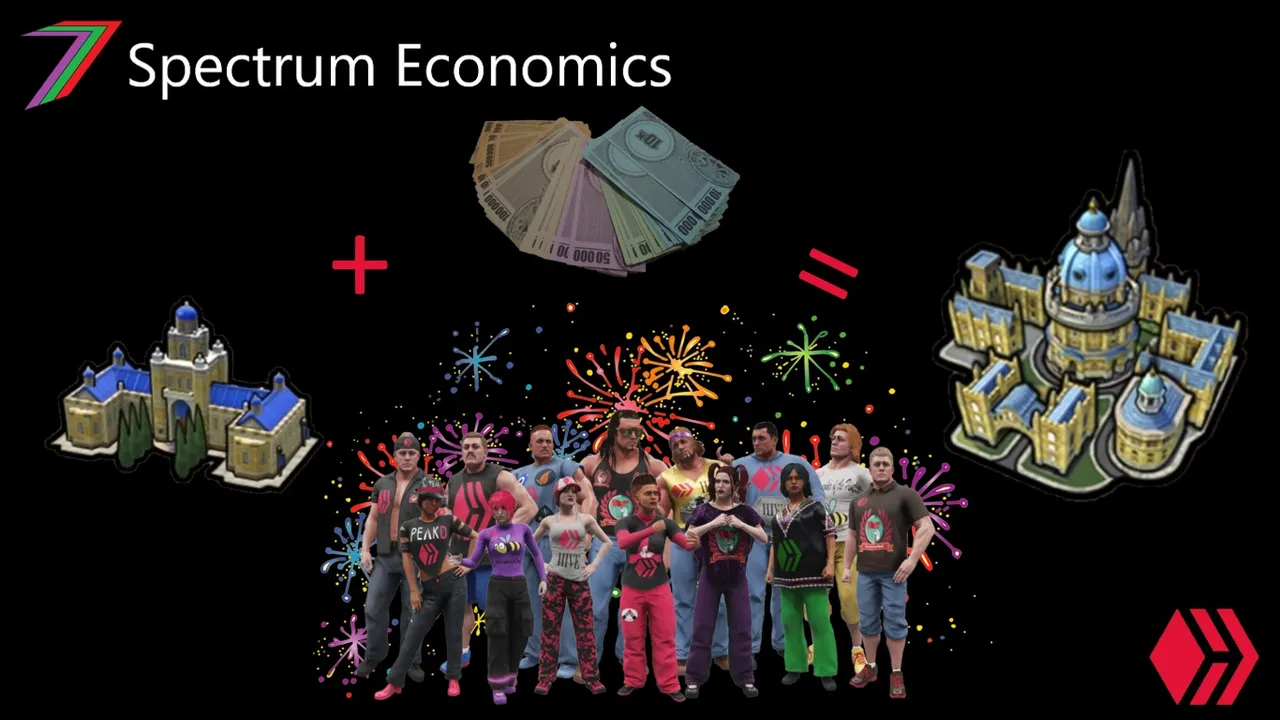Hi Everyone,

Welcome to the ‘Buying and Selling’ Game (Business Version)
This is officially Contest 19 in the Buying and Selling Game series but it is the first business version of the game. I introduced the business version in my post/video 'Buying and Selling Game (Business Version) Explanation Video'. The video explains how the game is played and how a winner is determined. I strongly recommend that you read the post and watch the video before attempting this contest.
How to play?
The ‘Buying and Selling’ Game (Business Version) involves two simple steps.
- Choose the quantity of each good you want to buy or make.
- Choose the selling price of each good you bought or made.
All the information you need to know to play the game is provided in the question; i.e. no external research is required as all costs and demand estimates are hypothetical.
All entries must be made in the comments section of this post.
Each account is only permitted one entry.
Objectives of the game
The objective of the game is to make the highest profit from the sale of the goods you have bought or made. If two participants make the exact same profit, the participant that entered first wins.
If nobody makes a profit (i.e. nobody enters the contest or if all participants make a loss), the prize of 30 Hive will be rolled over to the next contest. Therefore, the prize for the next contest will be 60 Hive.
Game assumptions
Each good has 100 potential customers. Each customer can buy up to 6 items of a particular good if he or she values the goods above the selling price (i.e. has a willingness-to-pay higher than the selling price). Each customer is only interested in one type of good. Therefore, selling more types of goods increases the potential number of customers. For examples selling three types of goods grants access to 300 potential customers.
Demand for the goods for each customer is determined using triangle distributions. The question provides the minimum, maximum, and mode willingness-to-pay for each good. Demand is further adjusted for diminishing marginal utility using a fixed percentage adjustment. The demand curve is the summation of demand of all potential customers. See example of triangle distribution below. A sample demand curve is shown later in the post.
Selling Price Distribution
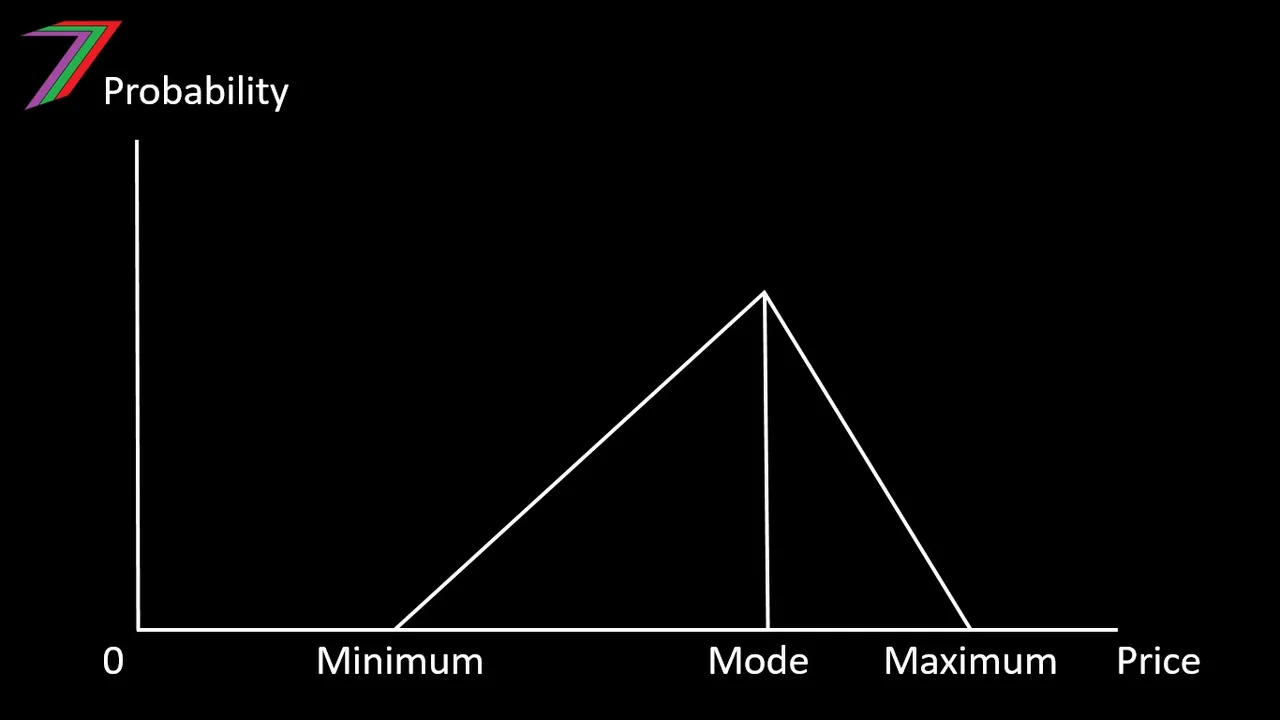
Each customer has diminishing utility (diminishing willingness-to-pay as more goods are bought) for each good. For example, a customer may have a willingness-to-pay of $1.00 for the first item, $0.80 for the second item, $0.60 for the third item, $0.40 for the fourth item, $0.20 for the fifth item, and $0.00 for the sixth item. The question will state this diminishing utility as 20% (i.e. 0.2/1 = 20%), which is applied linearly. If a participant prices the good at $0.50, the customer will buy three items, as the customer values the fourth item below $0.50 (i.e. $0.40).
The business will have overhead costs, which needs to be deducted from the budget before goods can be bought. There are zero transaction and transport costs.
If some goods remain unsold, they will be treated as being wasted, which is equivalent to being sold for $0. This could occur if a participant prices a good too high.
What information is provided?
- All the goods that can be bought in the game are provided.
- All costs (i.e. costs to buy/make goods and overhead costs) are provided.
- Any special purchasing requirements are provided. For example, a good may need to be bought in fixed quantities.
How are the results of the game determined?
A Microsoft Excel Model is used to determine the demand of each good. The costs, quantities bought, quantities sold, and prices will be used to calculate the profits made by each participant. In the results post, the calculation of the demand and profits will be presented in a video.
Contest Prizes
The account with the winning entry will receive 30 Hive and the first 12 entries will be given upvotes.
Let the contest begin
For the first Business Version of the Buying and Selling Game (Contest 19 overall), participants will be running a doughnut business. Participants will be able to produce three types of doughnuts.
- Powdered Doughnuts
- Iced Doughnuts
- Jam Doughnuts
The participants will only be able to produce each type of doughnut in batches of 20. The costs of producing each batch, the average cost per doughnut and daily overheads are provided in the tables below.
Cost Information
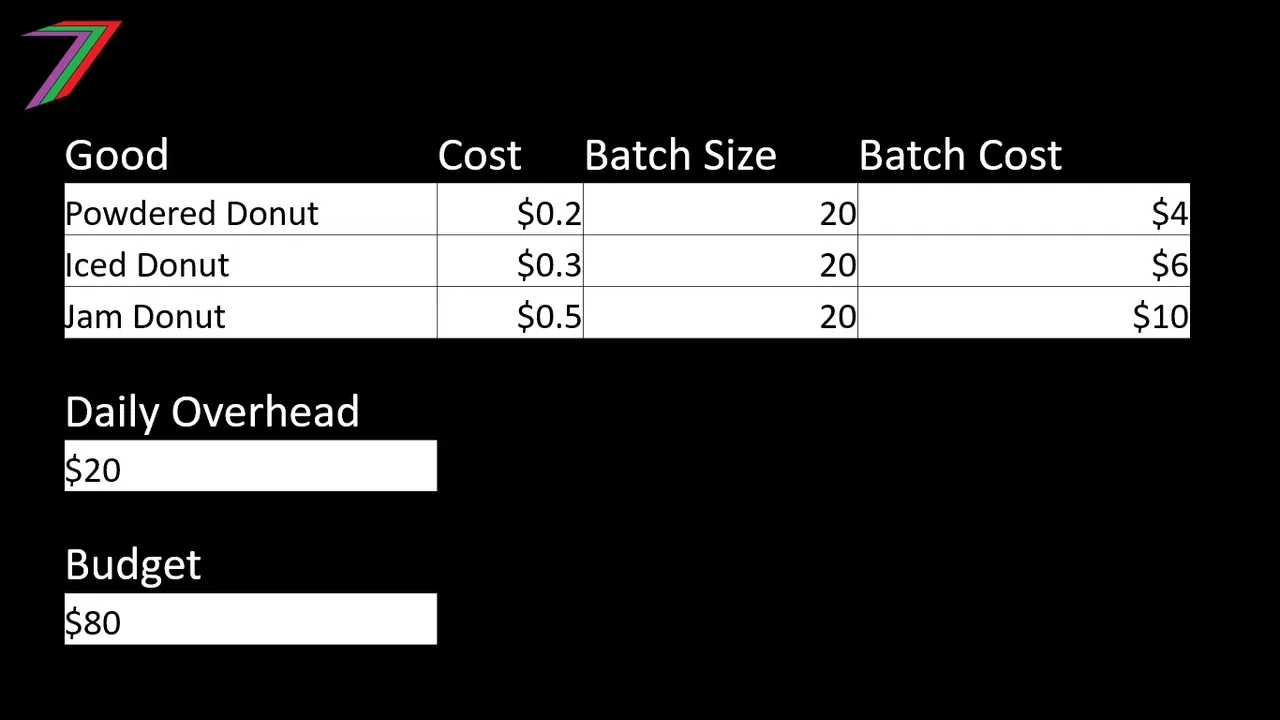
Note: Budget includes Daily Overhead. If the budget is $80 and the daily overhead is $20, there is $60 remaining to produce doughnuts.
The parameters to determine demand are provided in the table and graphs below.
Demand Information
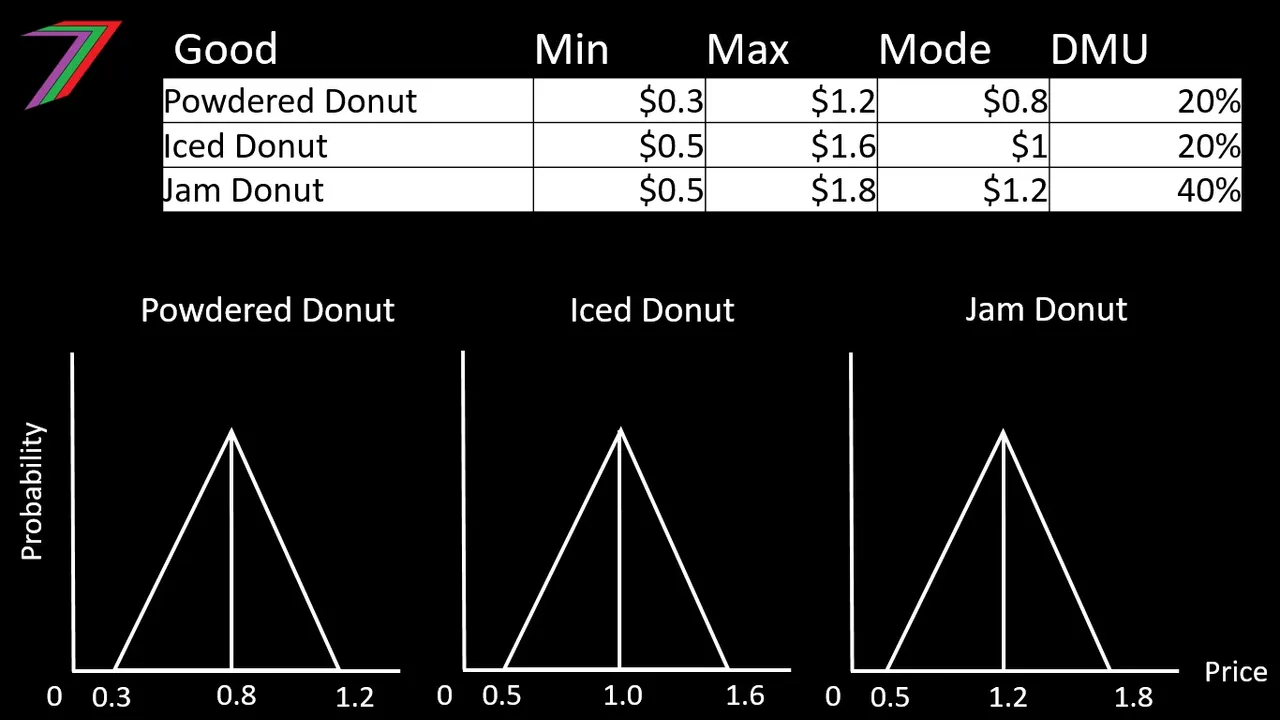
Note: The graphs for the triangle distribution are based on the minimum, maximum, and mode prices for the first doughnut a customer buys. The demand curve is adjusted to include diminishing utility expressed in the last column of the table. This will increase the elasticity of demand.
It has been assumed each type of doughnut has 100 potential customers. Each customer will potentially buy a maximum of 6 doughnuts. Therefore, it is possible a maximum of 600 of each doughnut could be sold. The Figure below contains a sample of a possible demand curve that could be generated by the model using the parameters described in this question.
Possible Demand Curve

Note: Sample demand curve for powdered doughnuts. Actual demand curve will be determined in the results post.
Entry format
For this contest, I expect to see entries made in the following format:
Powdered Doughnut
Quantity: XXX Selling Price: XXX
Iced Doughnut
Quantity: XXX Selling Price: XXX
Jam Doughnut
Quantity: XXX Selling Price: XXX
Example:
Powdered Doughnuts
Quantity: 60 (3 Batches) Selling Price: $0.80
Iced Doughnuts
Quantity: 60 (3 Batches) Selling Price: $0.90
Jam Doughnuts
Quantity: 60 (3 Batches) Selling Price: $1.00
The closing date and time for this contest is 6PM coordinated universal time (UTC) 22/05/2021. Responses after this time will not be accepted. The answers will be provided in the results post along with the video containing the generation of demand and profits using the model.
I hope everyone has fun and enjoys this new version of the contest. If you have any questions, feel free to ask in the comments section.
More posts
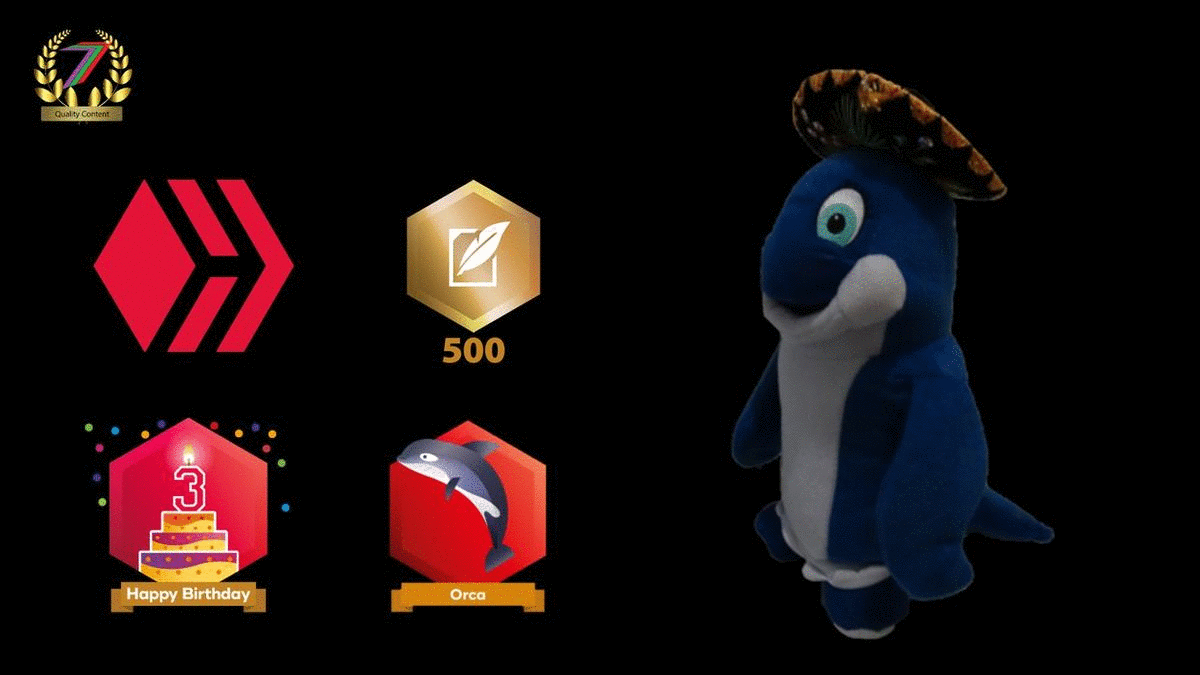
If you want to read any of my other posts, you can click on the links below. These links will lead you to posts containing my collection of works. These 'Collection of Works' posts have been updated to contain links to the Hive versions of my posts.
My New CBA Udemy Course
The course contains over 10 hours of video, over 60 downloadable resources, over 40 multiple-choice questions, 2 sample case studies, 1 practice CBA, life time access and a certificate on completion. The course is priced at the Tier 1 price of £20. I believe it is frequently available at half-price.
Future of Social Media






